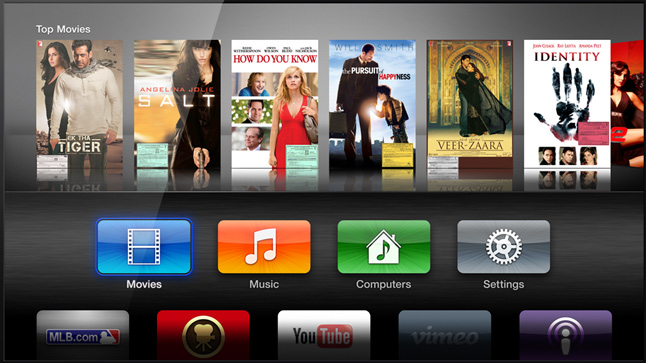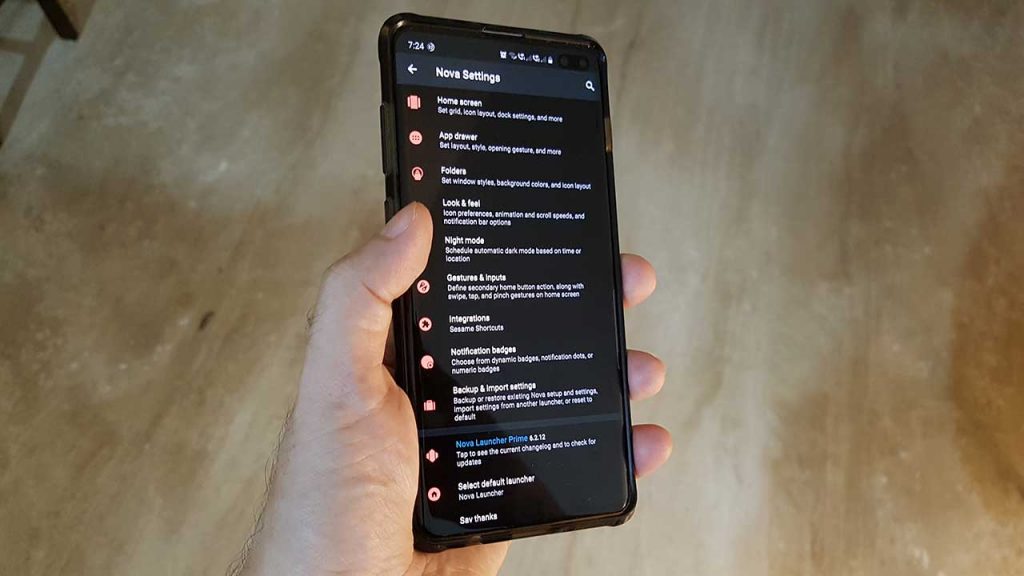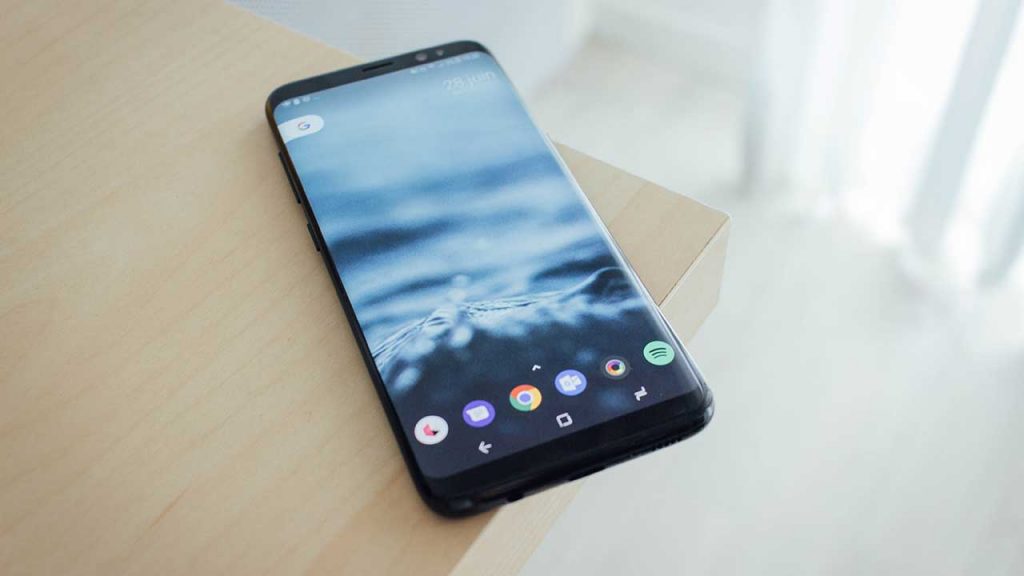Lately, I’ve been following the advent of the Smart TV phenomenon. At first glance, connected TVs (with or without a net-top box) do seem like the future of home entertainment where you can stream your own content, subscribe to original series instead of the whole channel, watch movies on demand and enjoy YouTube from your couch. But there are challenges.
Challenges to mass adoption
1. Market is fragmented
Apple TV, Roku, Google TV, Boxee (now part of Samsung) and dozen others (find full list here) are currently trying to break into the market. While smaller startups will eventually be merged with bigger players, the market is currently too fragmented and nascent. Consumers are particularly worried about the fact that their choice of vendor might suddenly be acquired and shut down. (see Boxee). Although, there is enough room for smart new entrants and nimble incumbents, the space will finally be ruled by bigger companies who has clout and influence. Why? This brings us to challenge two: content.
2. Content
The reason this space needs a biggie like Google, Apple or Amazon is the fact that they have the capacity to influence, partner and rope in cable networks in the near future. Let’s admit it, we’re not going to pay a monthly subscription for a box that doesn’t include some of our beloved shows from cable networks. E.g. travel shows, discovery, Nat Geo and particularly kids shows (remember, today’s early adopters will be young parents in the near future). There’s no reason we will look at Smart TVs as a secondary screen. Who wants to pay for two subscriptions. Cable and Internet has to merge.
Moreover, bigger companies can more easily partner with multiple streaming content providers and already has a perfectly laid out content distribution channel.
3. Incumbents
How can you make someone your channel partner when they themselves are selling a product that competes with your offering? Why would a DTH provider promote a Roku? They have enough reasons not to. When people are paying for a whole channel to watch only a particular serial, why would any business want to offer pay per series package?
Why would any company who has invested millions in designing, developing and marketing set-top boxes team up with another box company? Maybe they can partner and come up with a combo sister offering. Maybe not. I don’t know. It’ll be interesting to watch how things unfold in the future.
4. Broadband penetration
You need atleast a minimum of 1.5 to 2 Mbps broadband speeds to properly stream using a smart box. In countries like ours, where broadband penetration is comparatively less and broadband speeds are costly and limited, we’ll have to wait till India catches up with the world.
5. Product support
Hardware is a costly investment. So most consumers expect to get product support for several years. Even for software, Microsoft will be ending their support for Windows XP (launched in 2001) somewhere in 2014 (a cool product support lifespan of 13 years). Recently Boxee had to bear the brunt of the media and consumers when they failed to maintain support for older models.
Irrespective of these challenges, I see opportunities. There is ample space for new startups to fill the voids in the ecosystem. Imagine a future where you can tap your Smart TV remote (which is nothing but your smart phone) and instantly buy a pack of detergent, right after the detergent commercial is aired, while you stream your favorite sitcom in a split screen. Win!
What are your thoughts?


